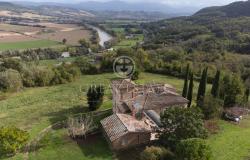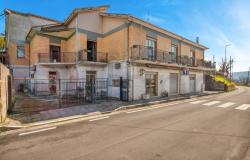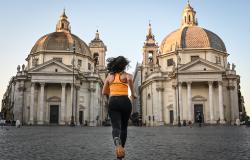Dozens of priceless documents revealing the secrets of the Roman Inquisition go on public show for the first time ever this week in an exhibition in the Italian capital.
The archive that once belonged to the Congregation of the Holy Office of the Inquisition was unlocked a decade ago, shedding light on little-known areas and causing experts to revise long-held ideas.
''Visitors to this exhibition will discover a very different vision of the Holy Office than that commonly understood,'' said Marco Pizzo, who co-curated the show with Alejandro Cifres, the archive's director.
''Its task was not just to repress and censure. It also had authority in many other fields, from the iron and steel industry to iconography.
''This material also helps us better understand history,'' he continued. ''One example is a collection of maps of Jewish settlements across Italy, which are among the oldest evidence we have of the ghettos''.
In total, the exhibition features over 60 original documents and other material.
Items include the detailed Inquisition records and a gem-studded pastoral staff that belonged to a self-styled 19th-century saint who was convinced he was a reincarnation of Christ.
There are also a variety of maps from the inquisitorial buildings, running from the 1600s until the 1800s.
One of the most fascinating aspects revealed by the documents on display is the extent of the Holy Office of the Inquisition's control.
There are a wide array of bans and decrees from the Inquisition's Index of Forbidden Books. Other documents cast light on book-censoring operations, with explanations for the reasons behind the censorship.
Among the banned authors was 16th-century poet and writer Ludovico Ariosto. The exhibition features a volume of his comedies accompanied by the detailed comments of an inquisitor on his work.
But the notes, drawings and diagrams uncovered in the archive suggest the office's tentacles extended far further than previously realized.
''It also had broad control in the figurative field,'' said Pizzo. ''The principle was basically that everything had to be seen by the Holy Office in one way or another''.
For example, there were rigid rules on the iconography and depiction of saints and churchmen.
A portrait of Pope Pius V, which traditionally hung in the chapel inside the building of the Holy Office, is displayed alongside an archive document showing the Inquisition's own original model for the painting.
The exhibit, which opens on February 20, will run for less than a month owing to the fragility and age of the materials.
'Rare And Precious' can be visited in the Vittoriano museum until March 16.














